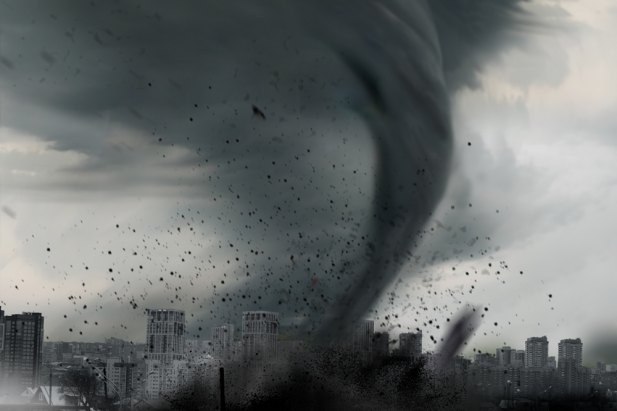
Building Resiliency: What It Is and What It Means for Your Project
Security threats. Climate change. Hazardous events both made by man and by nature. As far as disruptive challenges go, modern-day infrastructure has its proverbial hands full. So when it comes to planning, engineering and design, building resiliency is a hot topic these days. After all, if we can engineer solutions on the front end to drive down damage costs of both natural and man-made disasters, it’s an option many industry experts consider worth exploring and implementing.
The high cost of adverse events, both natural and human-made
The stakes are high. For example, damage from relatively recent natural disasters like hurricanes Katrina (2005) and Sandy (2012) run into the tens of billions of dollars, according to Whole Building Design Guide, a program of the National Institute of Building Sciences. Building resilience can offer peace of mind in the face of natural disasters like these, as developers and owners know their operations are built to withstand such challenges. Additionally, building resiliency and infrastructure resilience can ensure more rapid recovery from adverse events.
Aside from building integrity and the continuation of operations with minimal disruption, real estate that is resilient can help serve as community shelter in times of crisis, ensure the safety of employees, offer continuity in workflow and the supply chain, and sustain your company’s reputation.
So what does building resiliency mean for your next building project?
The key to building resiliency: performance
According to the Whole Building Design Guide, building resilience starts with better planning and design. They pinpoint four key features of building resilience, which they call the 4Rs.
Robustness
This is characterized by the organization’s ability to keep critical operations in place during a crisis.
Resourcefulness
This is defined as the ability of the organization to prepare for, respond to and manage a disruption as it occurs.
Rapid Recovery
This denotes the ability of the organization to return to their normal operations swiftly, in the wake of a crisis.
Redundancy
A key feature of resiliency, redundancy provides back up resources in case original resources fail during a crisis.
Building resiliency for your next project
When it comes to your building design, incorporating resilience comes at a price, so a cost/benefit analysis of the full lifecycle of the building can help you determine whether it’s right for you. Experts recommend assessing performance and protection needs to calculate the increased costs for higher resilience. To gain a full picture, you may want to calculate the total cost of ownership, which defines the costs for the project, and then calculates the decreased costs of future expenses, such as recovery from an adverse event.
With the help of a design-build team, you can not only take these matters under careful consideration but put into place a resilience management process that begins with groundbreaking and operates throughout the lifecycle of the building itself. It’s about more than peace of mind, it’s about securing the sustainability of your operations, even in the presence of the biggest challenges you may face.